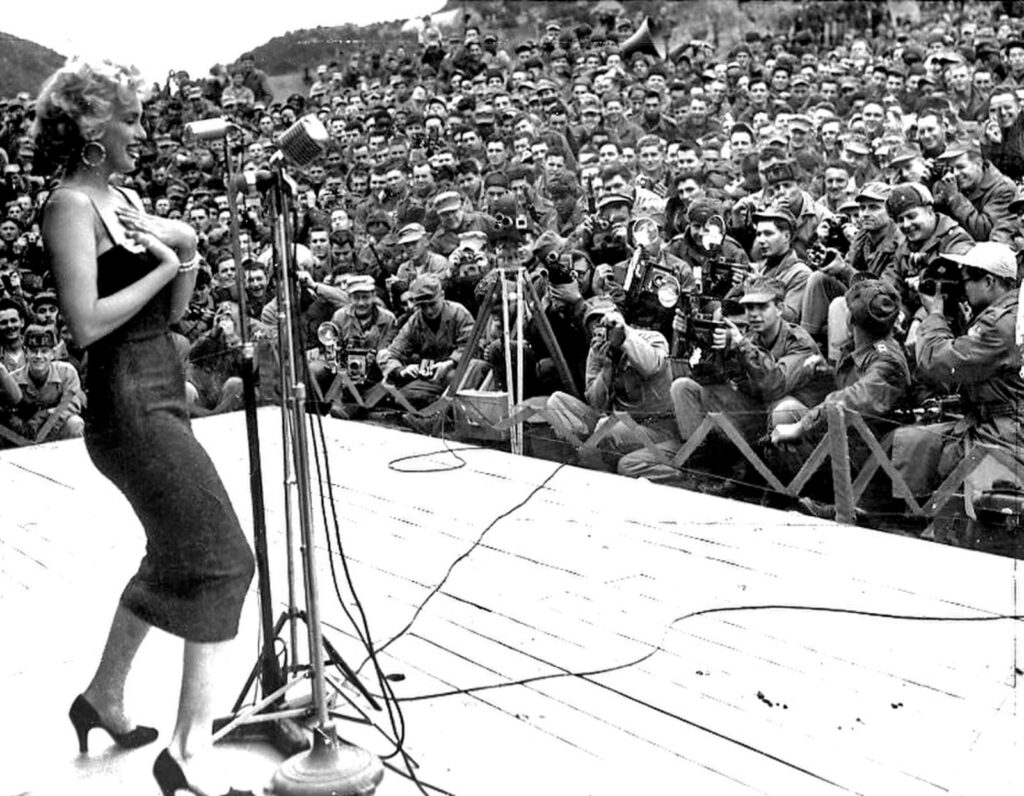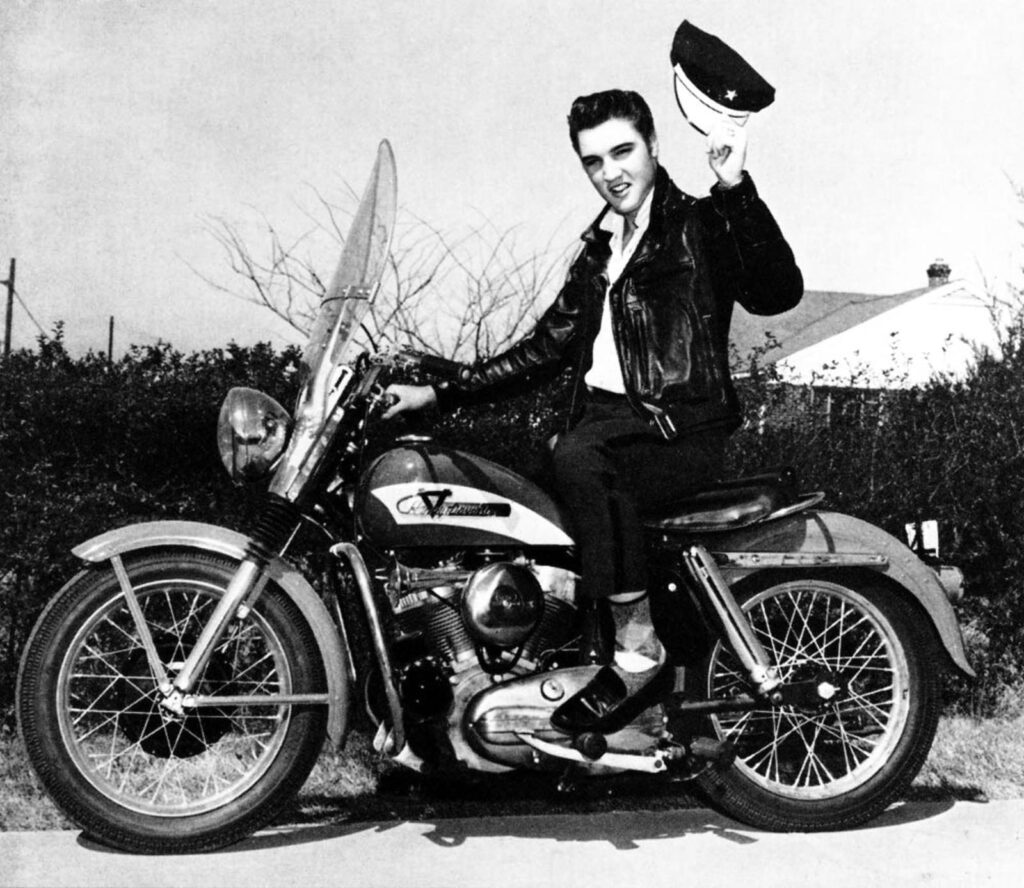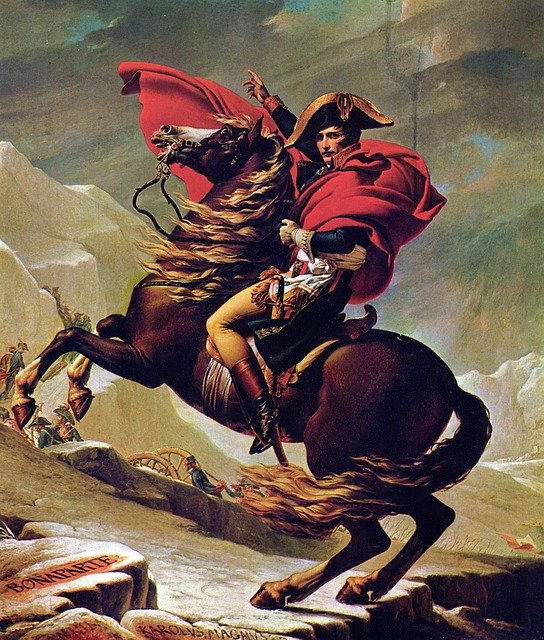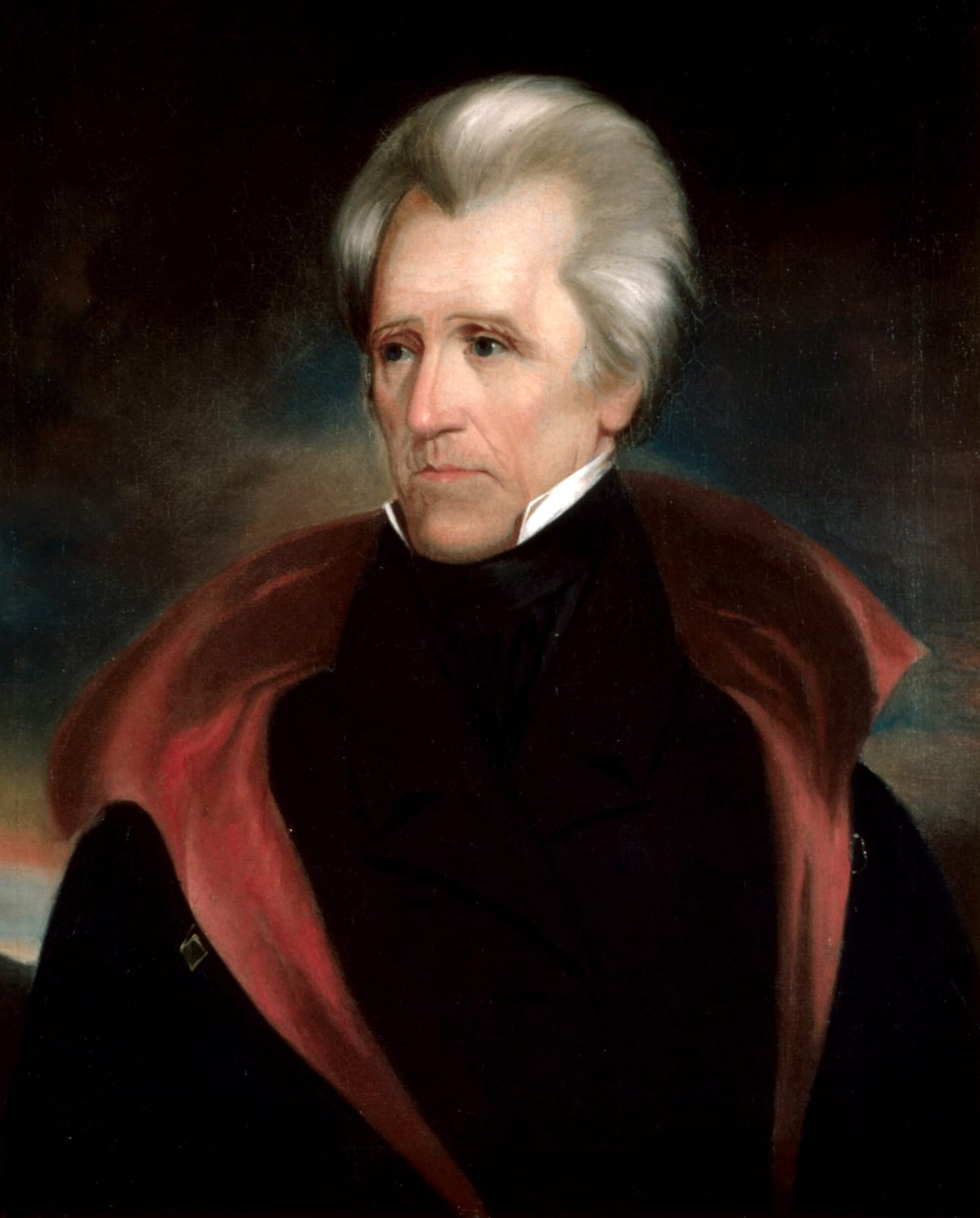Some days in history are quiet, content to let life go on without making too much of a fuss. But January 14? Oh, no. This date is a showstopper, the kind of day that stands at the front of the stage and demands your attention. It’s packed with dramatic turns, quirky tales, and moments that shaped the world. Buckle up as we dive into the madness, glamour, and sheer audacity of January 14.
1784: Congress Finally Signs the Post breakup Papers with Britain
Picture it: The Revolutionary War is over, and America has won. But just like a messy breakup, there’s still paperwork to finalize. Enter the Treaty of Paris. Signed in 1783, it officially ended the war and recognized the United States as an independent nation. But because Congress wasn’t exactly known for being punctual, they didn’t ratify it until January 14, 1784.
Imagine the tension: American diplomats in Europe are sitting around, waiting for Congress to get its act together, while the British are wondering if this whole “independence” thing is really happening. When Congress finally ratified the treaty, it was like the official “Facebook status” change from “It’s Complicated” to “Single.”
This wasn’t just any ratification, either. It took place at the Maryland State House in Annapolis, making it the first time Congress officially convened outside of Philadelphia. January 14, 1784, was the day America said, “We’re done,” and it meant it.
1954: Marilyn Monroe Marries Joe DiMaggio—The ShortLived Love Story

Hollywood’s golden girl and baseball’s golden boy—Marilyn Monroe and Joe DiMaggio were the ultimate power couple. Their wedding on January 14, 1954, was a simple courthouse ceremony in San Francisco, but the buzz it generated was anything but lowkey.
Joe, the quiet and brooding Yankee legend, fell hard for Marilyn, the dazzling starlet who could light up any room. But while their chemistry was undeniable, their marriage was… complicated. DiMaggio wanted a traditional wife, but Marilyn was at the height of her fame and had no intention of slowing down.
Their marriage lasted just nine months, but their connection never really ended. After Marilyn’s tragic death in 1962, Joe arranged for roses to be placed at her grave three times a week for 20 years. If nothing else, their story proves that some loves burn brightly, even if they’re not built to last.
1514: Pope Leo X Condemns Slavery (But Did Anyone Listen?)
Long before human rights were a global conversation, Pope Leo X was using his papal power to call out one of humanity’s greatest sins: slavery. On January 14, 1514, he issued a papal bull condemning the enslavement of Indigenous peoples in the Americas.
In the document, Pope Leo declared that all people—regardless of race or origin—were “rational beings” deserving of dignity and freedom. A noble sentiment, right? The problem? Colonial powers didn’t care. Spanish and Portuguese colonists had already built their economies on exploitation, and they weren’t about to stop because of a piece of paper from Rome.
Still, this moment is significant because it shows there were voices, even in the 16th century, pushing back against the atrocities of the age. Pope Leo’s bull didn’t stop slavery, but it planted a small seed in the long, painful fight for human rights.
1785: The Wild Balloon Ride Across the English Channel
JeanPierre Blanchard and John Jeffries weren’t just adventurers—they were thrillseekers on a mission to make history. On January 14, 1785, they became the first people to successfully cross the English Channel in a balloon.
Their journey wasn’t smooth sailing, though. Midway across the Channel, the balloon started to descend. In a panic, they tossed everything overboard: ballast, equipment, even their clothes. Yes, they finished the trip wearing little more than their underwear.
Despite the drama, the flight was a massive success and cemented Blanchard’s reputation as one of the greatest balloonists of his time. Meanwhile, Jeffries, an American physician, proved that sometimes science and sheer guts are all you need to make history.
1973: Elvis Presley Rocks the World with “Aloha from Hawaii”

Elvis Presley wasn’t just a singer—he was a phenomenon. And on January 14, 1973, he proved it by performing the first globally televised concert, Aloha from Hawaii. Broadcast via satellite to over a billion viewers, the concert was a groundbreaking moment for both music and technology.
Clad in a dazzling white jumpsuit adorned with rhinestones, Elvis delivered a powerhouse performance of hits like “Can’t Help Falling in Love” and “Suspicious Minds.” The concert not only showcased his incredible talent but also his enduring charisma.
The show was a cultural milestone, demonstrating the power of live entertainment in a rapidly shrinking world. Even now, “Aloha from Hawaii” remains one of the most watched concerts in history.
1699: Russia Loses 11 Days to the Calendar Switch
Leave it to Peter the Great to shake things up in the most dramatic way possible. On January 14, 1699, Russia officially switched from the Byzantine calendar to the Julian calendar. The catch? To make the transition, Peter ordered the calendar to jump from December 19, 1699, to January 1, 1700, effectively erasing 11 days.
For ordinary Russians, this was deeply unsettling. Many believed they had literally “lost time” and worried about what it meant for their lives. Others simply celebrated the fact that they didn’t have to work those missing days.
This calendar reform was part of Peter’s broader push to modernize Russia and align it with Western Europe. It was controversial at the time, but it ultimately helped Russia integrate more seamlessly into global trade and diplomacy.
1814: Napoleon’s Grim Backup Plan

By January 1814, Napoleon Bonaparte was in trouble. His empire was crumbling, and his enemies were closing in. Ever the strategist, Napoleon devised a grim contingency plan: if capture seemed inevitable, he would use poison to end his own life.
He stockpiled a small vial of poison, keeping it with him as he navigated the chaos of war. But when the moment came in 1815, after his defeat at Waterloo, the poison failed. Napoleon survived the attempt, though the incident left him weakened and humiliated.
It’s a chilling glimpse into the mind of one of history’s greatest figures—a man who was always calculating, always planning, and always determined to control his own destiny, even in defeat.
1970: Snakebite Survival x2
Australian farmer Ray Shires had the kind of day you wouldn’t wish on your worst enemy. On January 14, 1970, he was bitten by a venomous snake—not once, but twice. And yes, it was the same snake.
The first bite happened while Ray was working on his farm. As if that weren’t bad enough, the snake struck again later in the day. Despite the double dose of venom, Ray survived, thanks to quick medical intervention and antivenom.
This story isn’t just a testament to Ray’s resilience—it’s also a reminder that Australia’s wildlife doesn’t mess around.
2004: The Iceberg That Ghosted Scientists
When a chunk of ice the size of Rhode Island disappears, people notice. On January 14, 2004, the massive iceberg B15A, which had broken off from Antarctica years earlier, seemingly vanished.
Scientists were baffled. How does something so enormous just… disappear? Turns out, warm ocean currents had caused the iceberg to fragment into smaller pieces, scattering them across the Southern Ocean.
The event was a stark reminder of the effects of climate change and the fragility of Earth’s polar regions. It also sparked a flurry of research into iceberg dynamics, proving that even disappearing ice can make waves.
The Legacy of January 14
What’s the deal with January 14? It’s a date that refuses to stay quiet, delivering a mix of triumph, tragedy, and outright weirdness. From groundbreaking achievements like Elvis’s concert and the balloon flight to deeply personal stories of love, survival, and defiance, this day captures the full spectrum of human experience.
So, the next time you’re flipping through your calendar, give January 14 a nod. It’s earned it.




